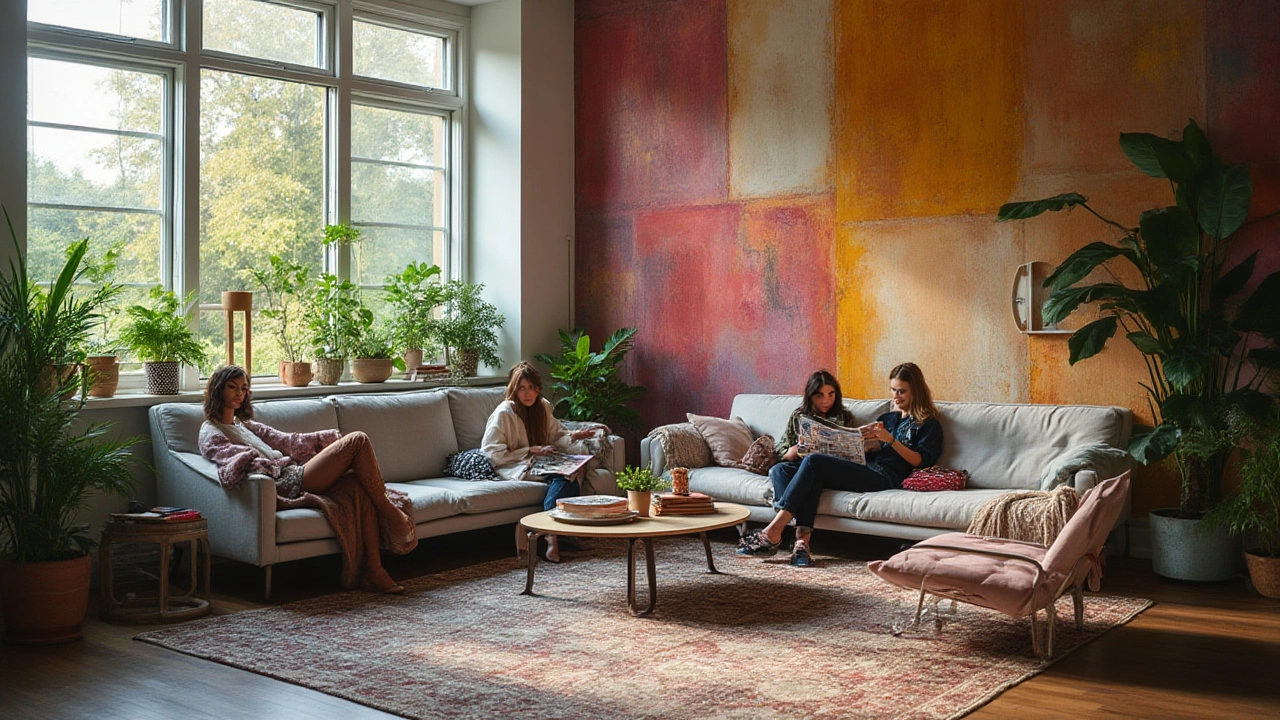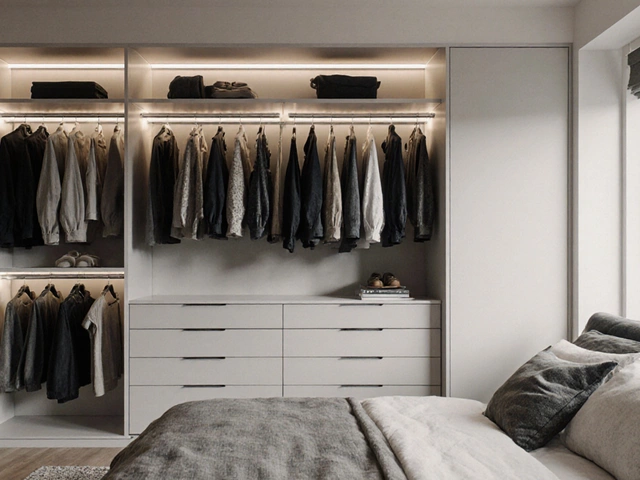Wall Textures: A Practical Guide to Choosing the Right Finish
When thinking about Wall Textures, surface patterns and finishes applied to interior walls to add depth, character, and style. Also known as wall finishes, they transform a plain room into a visual statement.
The world of Wallpaper, paper or vinyl sheets printed with designs that create texture when applied to walls is a major player in this space. Modern wallpaper goes beyond flat prints; it offers raised patterns, fabric backs, and even eco‑friendly fibers that can mimic natural materials. Pairing wallpaper with the right lighting, like the daylight‑mimicking bulbs discussed in our lighting guide, makes the texture pop. Meanwhile, Paint Finish, the level of sheen and texture in paint, ranging from matte to high‑gloss provides a subtler approach. A matte finish hides wall imperfections while a silk or satin sheen adds a soft sheen that catches light. When you choose a paint finish, consider the room’s traffic, moisture levels, and the mood you want to set – a bright kitchen often benefits from a washable satin, whereas a bedroom can stay cozy with a flat matte. If you love old‑world charm, Plaster Texture, techniques that apply a thin layer of plaster to create patterns like knock‑down, orange peel, or smooth stucco offers endless possibilities. Skilled craftsmen can hand‑trowel patterns that look like stone, wood grain, or even subtle waves. Plaster works best on solid walls and needs proper preparation – clean, dry surfaces and sometimes a primer to ensure adhesion.
How Wall Textures Influence Design Decisions
Wall textures encompass more than just looks; they affect acoustics, durability, and maintenance. Rough textures absorb sound, making them ideal for home theaters or noisy open‑plan areas. Smooth finishes reflect sound, suitable for rooms where clarity is key, like a study. Applying any texture requires preparation: cleaning, repairing cracks, and choosing the right primer. This preparation step links directly to the success of the finish – a well‑prepped wall lets wallpaper adhere evenly, paint finish stay uniform, and plaster bond securely. Skipping prep often leads to peeling or uneven patterns later. The choice also depends on lifestyle. Families with kids might favor paint finishes that can be spot‑cleaned, while design‑focused owners may opt for decorative wall panels that emulate stone or wood without the weight. Decorative panels, though not marked with microdata here, are another layer of texture that pairs nicely with lighting tricks from our natural light guide. Trends shift yearly, and 2024 saw a surge in nature‑inspired textures – think leaf‑vein wallpaper, earthy plaster tones, and muted paint hues that echo outdoor palettes. These trends tie back to the broader move toward calming interiors, which our 2024 curtain colour guide also reflects. Below you’ll find a curated collection of articles that dive deeper into each of these texture types, how to install them, and real‑world tips for maintenance. Whether you’re a DIY enthusiast or planning a professional renovation, the posts ahead give you actionable steps to pick, apply, and enjoy the perfect wall texture for your home.
Is Textured Wallpaper Outdated or Making a Comeback in Modern Interior Design?
Is textured wallpaper really stuck in the past? Explore if it's outdated or cool again. Learn expert tips, current trends, and discover how to use wall textures smartly.
full article




